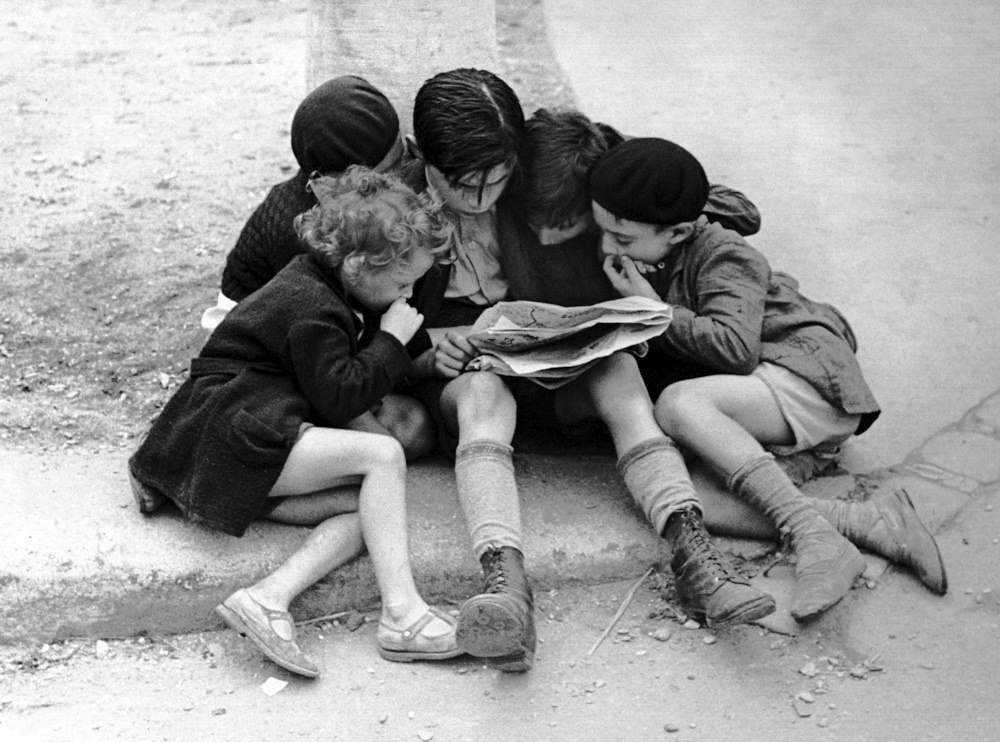
Fred Stein, Children Reading the Newspaper, Paris, 1936
A recent Stanford University study determined that kids today — digital natives — aren’t good at distinguishing between what’s true and what’s being sold to them online. Academics studied kids in middle school, high school, and college and determined that a generation savvy about social media is not necessarily savvy about the reliability of their news and information sources:
“Never have we had so much information at our fingertips. Whether this bounty will make us smarter and better informed or more ignorant and narrow-minded will depend on our awareness of this problem and our educational response to it. At present, we worry that democracy is threatened by the ease at which disinformation about civic issues is allowed to spread and flourish”.
This week, as we focus on the transition of power from one party to another, let’s vow to teach our kids to unpack the truth behind the firehouse of information coming at them at all times – whether from their social media feed, paid advertorial and clickbait content, or from persons in positions of political power.
You can start by reading “How to Spot Fake News (and Teach Kids to be Media Savvy)” from Common Sense which has concrete and simple suggestions to help kids decode what they’re reading. Experts suggest that talking with kids about the news is the most important strategy for helping them develop their critical thinking. Good luck!

